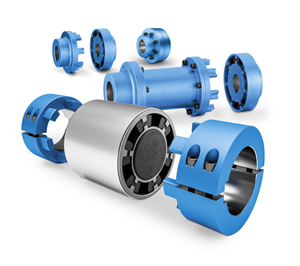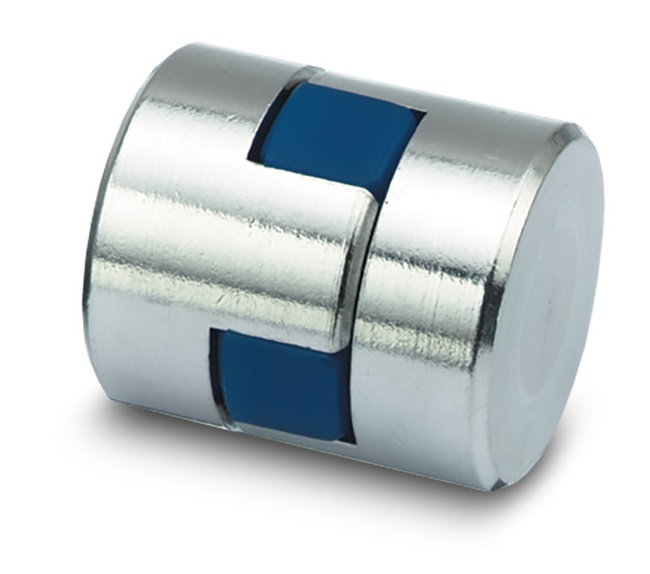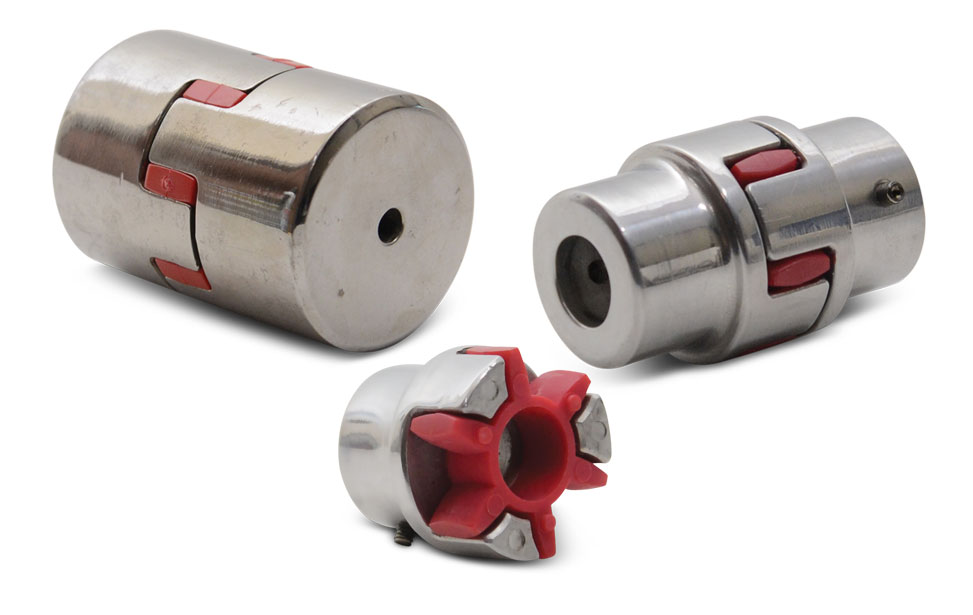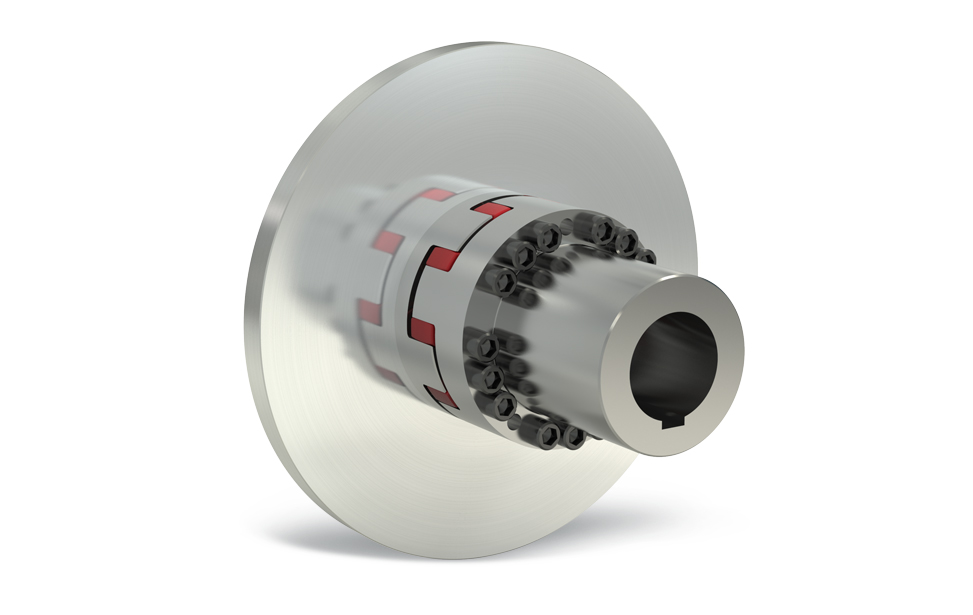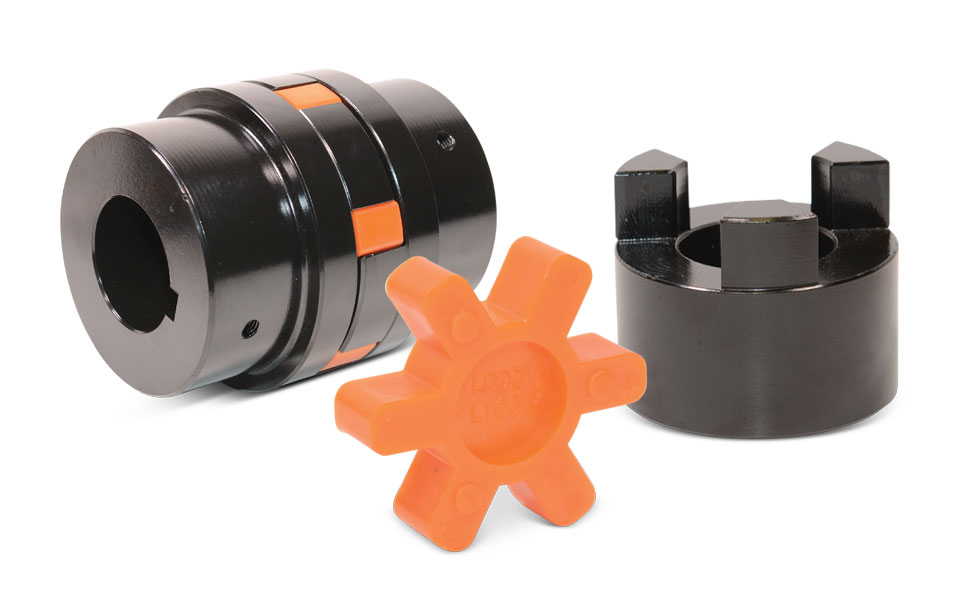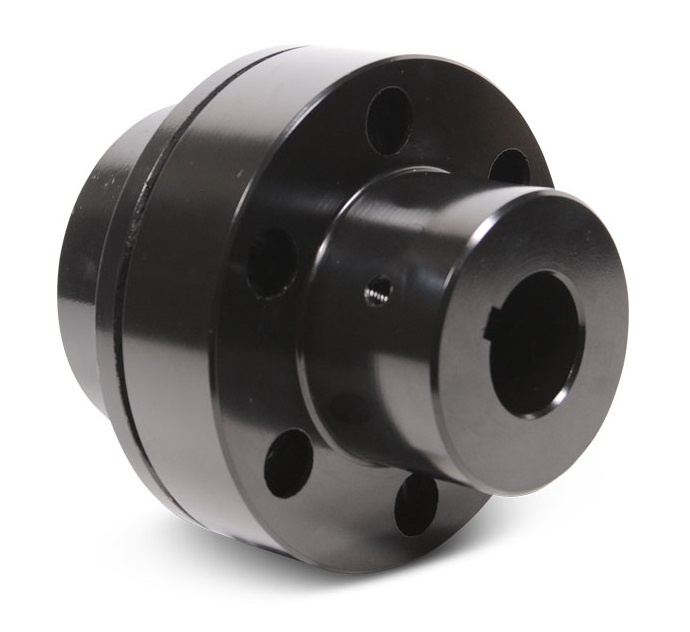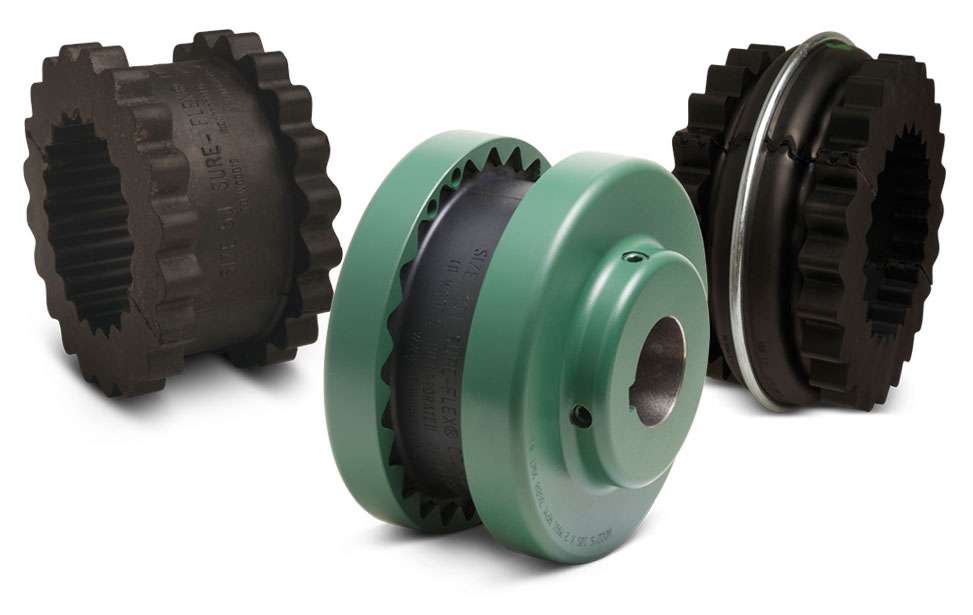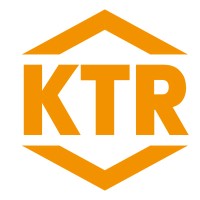.jpg)
Elastomeric Couplings
Elastomeric couplings are made of a flexible elastic material that transmits torque. These couplings allow the elastic to wear out before the metal components wear out. We offer a wide range of elastomeric coupling, including elastomeric jaw couplings, miniature servo inserts couplings with set screw hubs, miniature servo insert couplings with set with clamping hubs, servo insert couplings with clamping hubs, and more.
HVH Industrial works with manufacturers' specialized engineering teams to meet our customers' requirements and highest quality standards.
If you have any questions, write us via live chat (one of our team members will answer your questions), give us a call, or send us a quote request. The HVH team is always ready to help you.
 1(866)577-4040
1(866)577-4040
or
Elastomeric Couplings
Manufacturers
What are Elastomeric Couplings
Elastomeric couplings are a class of flexible couplings designed to accommodate misalignment and torsional vibrations between connected shafts. Unlike conventional couplings that rely on rigid components, elastomeric couplings employ an insert made of elastomeric polymer, a highly elastic and durable material. Elastomeric couplings are used in a wide range of demanding applications including pumps, compressors, blowers, mixers, and more.
Design and Functionality
The ingenious design of elastomeric couplings involves the strategic placement of the elastomeric insert between two metallic hubs. As torque is applied, the elastomer deforms, absorbing shocks and vibrations. This elastic deformation significantly reduces the transmission of these disturbances to the connected machinery, thus prolonging the equipment's lifespan.
Benefits of Using Elastomeric Couplings
Elastomeric couplings offer a range of advantages that make them a preferred choice in various industrial applications. Their design incorporates elastic materials that absorb wear, thereby prolonging the lifespan of the coupling and minimizing the need for costly maintenance. Unlike their metal counterparts, elastomeric couplings eliminate the need for lubricants, reducing both costs and maintenance efforts. Furthermore, the elastic properties of these couplings contribute to vibration dampening and noise reduction, promoting smoother and quieter operation. Additionally, elastomeric couplings are economically advantageous, presenting a more budget-friendly option for power transmission needs.
Limitations and Considerations
While elastomeric couplings excel in many aspects, they do have their limitations. Being primarily composed of rubber or plastic materials, these couplings are susceptible to damage from chemicals and high temperatures. Factors such as heat build-up, exposure to harsh environments, chemical contamination, and loading fatigue can contribute to coupling failure. Moreover, the larger outside diameter of elastomeric couplings can pose challenges in terms of balance and compatibility within certain assemblies.
Types of Elastomeric Couplings
Claw Couplings
Claw couplings, also known as rubber couplings, are characterized by their distinctive claw-like projections on the elastomeric element. These projections engage with corresponding recesses in the hubs, creating a secure connection. Claw couplings offer excellent flexibility, making them suitable for applications where shock absorption and misalignment compensation are crucial. They find common usage in conveyor systems, pumps, and compressors.
Jaw Couplings
Jaw couplings are recognized for their three-part design, consisting of two hubs and an elastomeric "spider" placed between them. The spider's lobed shape allows for angular misalignment and dampens vibrations. Jaw couplings strike a balance between flexibility and torque transmission, making them suitable for applications in industries like packaging, textiles, and robotics.
Sleeve Couplings
Sleeve couplings feature a one-piece elastomeric element that fits over the hubs. This design provides simplicity and ease of installation, while still offering a degree of misalignment compensation. Sleeve couplings are commonly used in applications requiring low to moderate torque transmission, such as generators, fans, and industrial mixers.
Conclusion
In conclusion, elastomeric couplings play a crucial role in transmitting torque, dampening vibrations, and compensating for misalignments in various industrial settings. Claw, jaw, and sleeve couplings each offer distinct advantages, allowing engineers to choose the most suitable option for their specific applications. By considering factors such as torque requirements, operating conditions, and maintenance needs, industries can ensure the optimal performance of their machinery and equipment.


